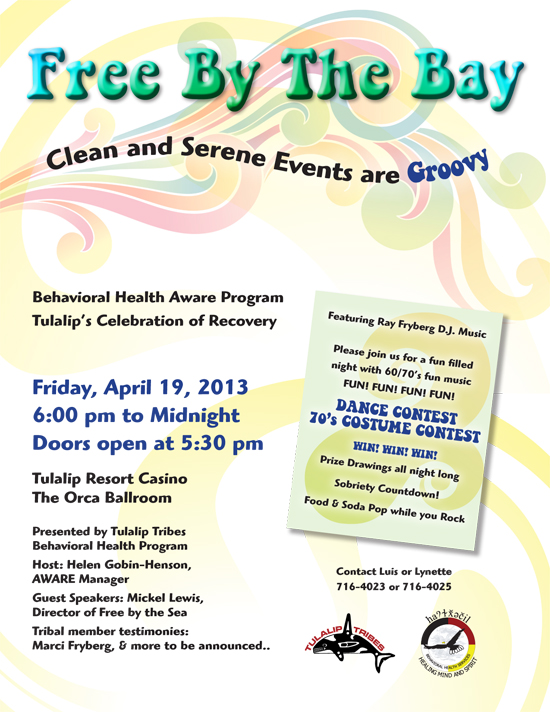Source: Native News Network
WASHINGTON – On Wednesday Health and Human Services released enhanced National Standards for Culturally and Linguistically Appropriate Services in Health and Health Care, a blueprint to help organizations improve health care quality in serving our nation’s diverse communities.

HHS Secretary Kathleen Sebelius
The enhanced National Culturally and Linguistically Appropriate Services standards are grounded in a broad definition of culture, one in which health is recognized as being influenced by factors ranging from race and ethnicity to language, spirituality, disability status, sexual orientation, gender identity, and geography.
“We are making great strides in providing quality care and affordable coverage for every American, regardless of race or ethnicity or other cultural factors because of the Affordable Care Act,”
said HHS Secretary Kathleen Sebelius.
“The Enhanced National Culturally and Linguistically Appropriate Services Standards will help us build on this ongoing effort to ensure that effective and equitable care is accessible to all.”
A key initiative in the department’s effort to reduce health disparities, the update marks a major milestone in the implementation of the HHS Action Plan to Reduce Racial and Ethnic Health Disparities.
Long existing inequities in health and health care have come at a steep cost not only for minority communities, but also for our nation. As cited in a recent report from the HHS Agency for Healthcare Research and Quality, the burden of insufficient and inequitable care related to racial and ethnic health disparities has been estimated to top $1 trillion.
“Disparities have prevented improved outcomes in our health and health care system for far too long,”
said Assistant Secretary for Health Howard K. Koh, MD, MPH.
“The enhanced Culturally and Linguistically Appropriate Services Standards provide a platform for all persons to reach their full health potential.”
Specifically, the enhanced Culturally and Linguistically Appropriate Services Standards provide a framework to health and health care organizations for the delivery of culturally respectful and linguistically responsive care and services. By adopting the framework, health and human services professionals will be better able to meet the needs of all individuals at all points of contact.
“Many Americans struggle to achieve good health because the health care and services that are available to them do not adequately address their needs,”
said J. Nadine Gracia, MD, MSCE, Deputy Assistant Secretary for Minority Health and Director of the HHS Office of Minority Health.
“As our nation becomes increasingly diverse, improving cultural and linguistic competency across public health and our health care system can be one of our most powerful levers for advancing health equity.”
The enhanced standards, developed by the HHS Office of Minority Health, are a comprehensive update of the 2000 National Culturally and Linguistically Appropriate Services Standards and include the expertise of federal and non-federal partners nationwide, to ensure an even stronger platform for health equity.





